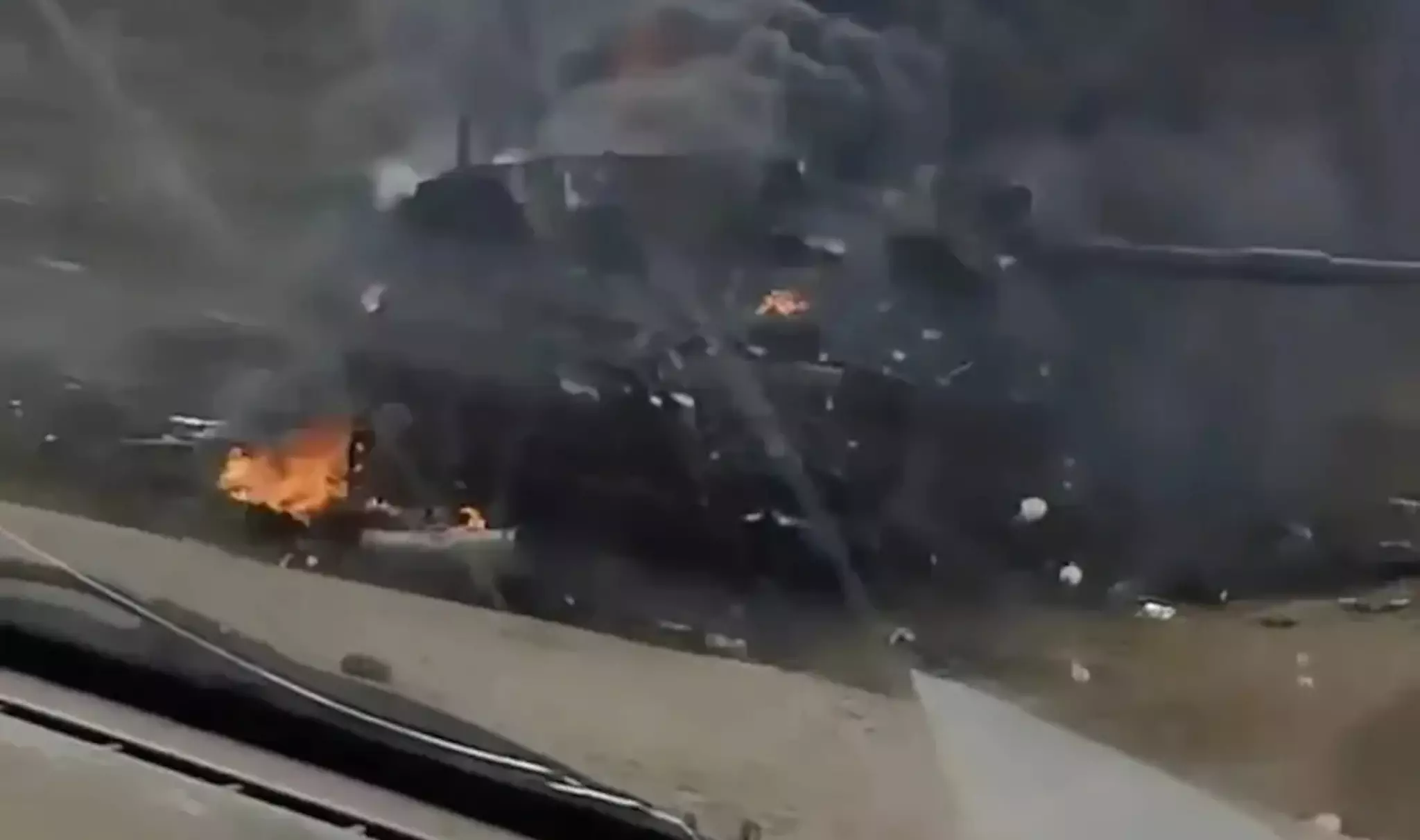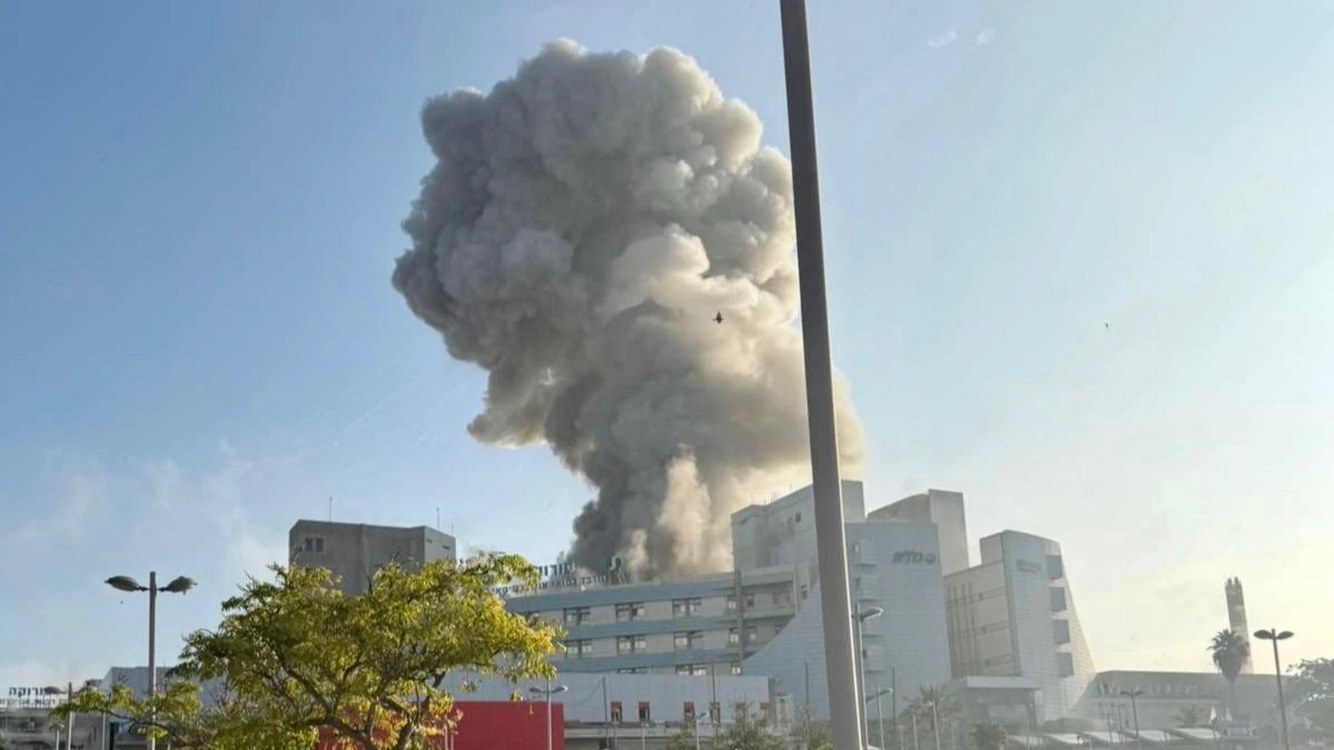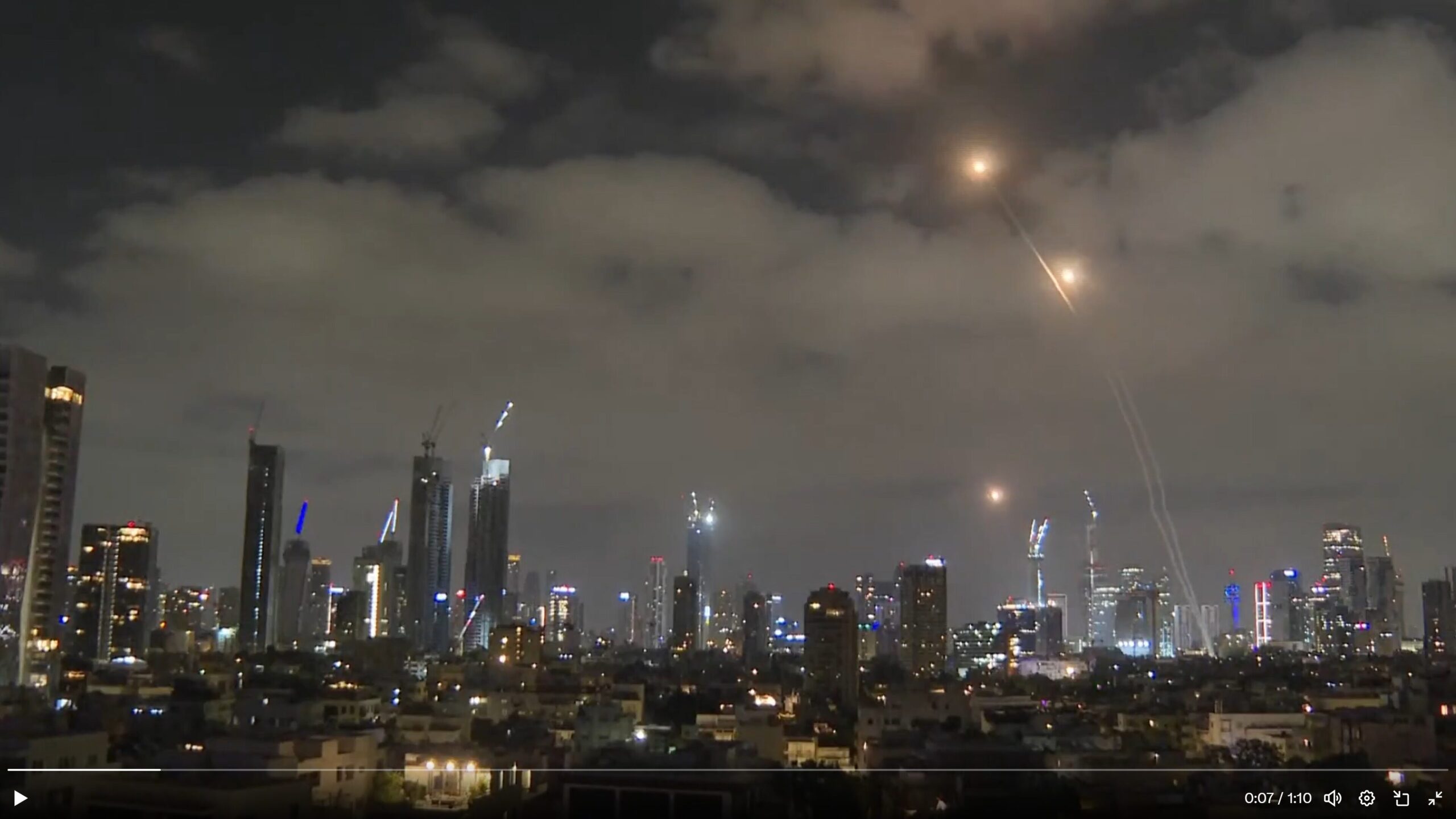British investigative reporters were earning their bread this week with some front-line coverage of Ukraine’s attack which has been widely reported to have finally breached the first Russian defensive line in an area around Robotyne in the Zaporizhzhia Oblast.
Despite this advance heralded as a triumph in the media, some units have been suffering 85%, and even 90% casualty rates. On Tuesday, a dispatch from Ukraine in the London Times centered around interviews conducted with members of a “storm brigade” who said that 90% of them were going to die.
Author Anthony Loyd reports that after a hole had successfully been made in Russia’s defenses around Robotyne, a small and insignificant town on its own merit, Ukraine’s field commander for the southern front, Brigadier General Oleksandr Tarnavskiy said that the next step, a 55-mile stretch to the Sea of Azov, would be easier, and that the capture of Robotyne and the first 8 miles of territory—despite coming three months after the start of operations, was a strategic turning point and a great victory.
However the soldiers Loyd interviewed had a different tale to tell, one of “doctrinal confusion, attritional warfare and massed casualties that have exhausted the Ukrainian armoured units,” he wrote.
Loyd says casualty levels in the 47th Armoured Brigade, a unit trained in Germany and equipped with NATO weapons, Leopard 2 battle tanks, and Bradley fighting vehicles from the US, have reached into four figures. After initial attacks with the armored vehicles hit minefields, causing the loss of dozens of vehicles, the storm brigades became the only method of approach. Their job has been to sneak through the minefields under cover of darkness to clear Russian trenches in desperate close-quarter fighting and then conduct de-mining to allow the heavy vehicles to safely pass.
During the battle for Bakhmut in the winter of 2022, the Kyiv Independent and the New York Times reported that the front line was a “meat grinder” in which more than 100 men were killed per day on the Ukrainian side, mostly males forced to fight with little training who lasted days before being blown apart by an artillery shell.
Artillery also featured prominently in the horror stories of the storm brigade that spoke to the Times, that it was targeting and occasionally destroying the 47th’s Bradleys moving forces around at night, and that missions to retrieve the wounded often themselves involved shelling.
Depleted uranium contamination
Also on Tuesday, Declassified UK reported that the first Challenger 2 tank of the 14 sent to Ukraine by Prime Minister Rishi Sunak had been destroyed by Russian attack near Robotyne. It’s the first time this modern battle tank has been destroyed in combat since they were first manufactured in 1980.
The Challengers arrived in Ukraine with thousands of rounds of special ammunition made from depleted uranium pellets produced as waste from nuclear fission power plants. While giving off very low levels of radiation, war crimes investigations have repeatedly found that exposure to this kind of ammunition can lead to birth defects, incredibly high rates of cancer, and other health complications and that it can remain in the environment from wherever the bullet is buried for years.
In their investigations, Declassified found military documents outlining the risks for soldiers working with depleted uranium rounds, the highest of which was if the rounds caught fire. If the fire reaches 500°C, a toxic aerosol is given off by the hunks of armor-piercing uranium which the Royal Army document says must not be breathed, at least inside a perimeter of “several hundred meters”.
Images posted on X, formerly Twitter, show a Challenger tank engulfed in flames.
“Internal military advice stressed that ‘radiological monitoring equipment must be readily available’ and disposing of the wreckage could ‘include large quantities of contaminated earth,'” writes the report, which spoke to an expert at a military-in-environment watchdog organization who said that each tank can carry 52 rounds and that this can easily cause a significant fire. The expert confirmed a significant environmental hazard for anyone entering the vicinity if the tank is not marked and cleared from the area.
The UK was the first nation to provide this controversial ammunition, but the US has made it clear it will be sending depleted uranium rounds alongside its A1 Abrahms battle tanks.
The US may have fired as many as 350 tons of depleted uranium rounds in the First Gulf War, and fired thousands into the positions held by the Islamic State in Syria in 2015 despite vowing not to.
Contamination of the battlefields of eastern Ukraine is already widespread due to the use of cluster bombs by the Ukraine and Russian sides. The older shells sent by the US military controversially in early summer, have a rate of failure in the high teens, meaning the small bomblets dropped by the hundreds won’t always explode.
Human rights groups warned of the near-certainty of civilian death and maiming after the war from these unexploded bomblets, and despite Kyiv’s insistence that they would record the exact position of every shell used for post-war cleanup operations, journalists on the front lines report this is not happening. WaL
PICTURED ABOVE: A Challenger 2 on fire – X



